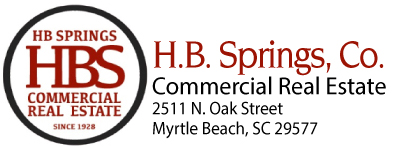Among the many means of evaluating return on investment, Cap Rates are based on income generated by the investment.
Net operating income (NOI) are those funds remaining after the receipt of all income less all operating expenses associated with the asset, before the servicing of debt. NOI is then divided by the market value or sales price of the asset.
The result is a percentage referred to as the Capitalization Rate. Much like comparing the stock price of companies in a given segment, the capitalization rate is the means by which the rate of return for income producing assets may be compared with other forms of real estate investment. In addition, it reflects the level of risk associated with a given investment opportunity.
Tenant history, creditworthiness, lease rate and lease term are key components. Cap rate and net operating income have an inverse relationship. The greater the risk, i.e. 1 year remaining on lease term, the higher the cap rate. The higher the cap rate, the lower the asset value. The opposite likewise holds true. The less amount of risk, i.e. 20 year credit tenant lease, the lower the risk, the greater the asset value.
Caution should be exercised when solely relying upon cap rate as a means of establishing value. Basic real estate evaluation methods should also be considered, i.e. market rate of tenant space were the building to be vacated as well as the age and condition of the physical components of the asset.


